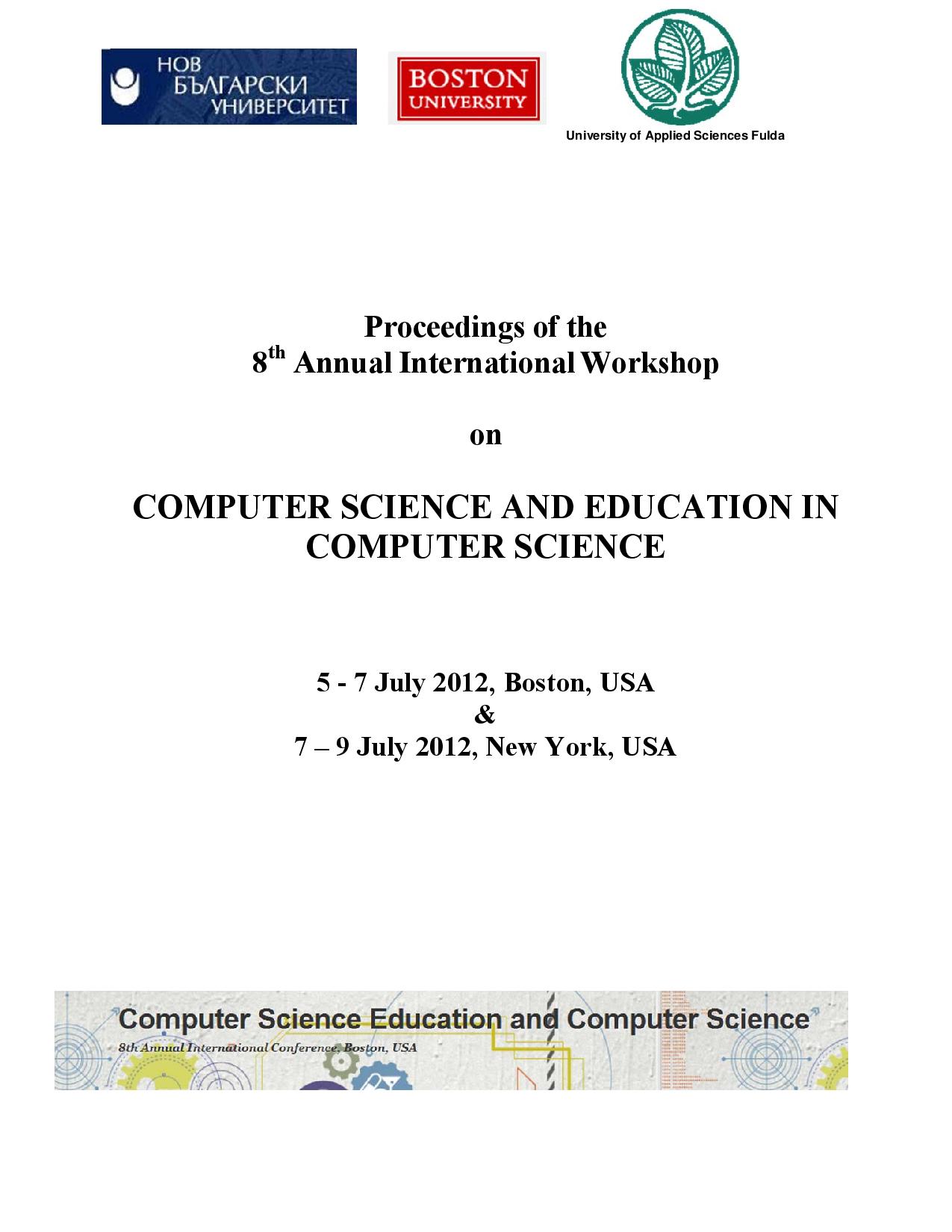Conjoined Learning: Graduate Student Performance and Perception in Merged F2F and Blended Courses
Conjoined Learning: Graduate Student Performance and Perception in Merged F2F and Blended Courses
Author(s): Nathan Kohn, Anatoly TemkinSubject(s): Education, ICT Information and Communications Technologies
Published by: Нов български университет
Keywords: Blended Conjoined Face-to-Face Mathematics Online;
Summary/Abstract: We explore two questions: Does student performance in assessments differ for Face-to-Face (F2F) and Blended (BL) students in a conjoined context? Does student perception of the course vary markedly by learning category? Online (OL) courses are a relatively new education paradigm. While some working graduate students are drawn to OL courses, appreciative of the convenience of asynchronous home study, other students prefer F2F contact with instructors and classmates. Blended classrooms provide for structured participation, yet respecting personal commitments. A further permutation merges two cohorts of students, BL and F2F into a Conjoined (CJ) group. A CJ format is not merely the juxtaposition of F2F, BL, and OL formats; unexpected cohort dynamics arise. Designing in-class group work, assessments, Q&A sessions, chatting with students before class, at break time or after class, and setting up office hours, are a few of the pedagogical complications of a structured attendance policy. In our CJ class, a graduate level computer science course with mathematical content, BL students are required to physically attend four predetermined sessions per semester, meeting together with F2F students who attend one evening class weekly. A fully vetted OL component is utilized, reducing development cost and time, and providing comprehensive accessible, portable, and searchable content. Analyses: Comparisons are made between the performance of fourteen F2F and ten BL students in the CJ class of 24 students who took course assessments under identical conditions. Descriptive statistics suggest that BL students do appear to acquire mastery of complex material at a different rate and competency than F2F. We further report in some depth on student perceptions of their conjoined experience as measured by an anonymous survey.
Journal: Computer Science and Education in Computer Science
- Issue Year: 8/2012
- Issue No: 1
- Page Range: 151-159
- Page Count: 9
- Language: English

